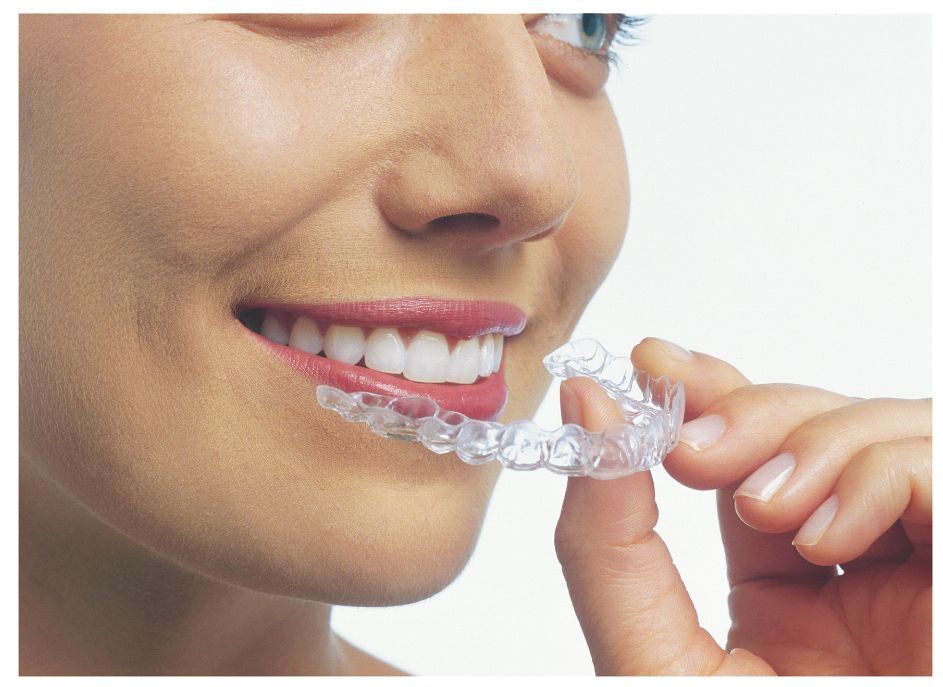As Invisalign continues to be an increasingly popular choice for patients who want to achieve a straighter smile with more subtle treatment, we’re seeing a rise in the number of Invisalign providers across the country, including general dentists. When given a choice, you may find yourself asking, who’s the better option when it comes to treatment with Invisalign – an orthodontist or a dentist?
It’s important to all of us here at Dillehay Orthodontics that our patients are informed about every aspect of their experience with us, and because of that, we’ve put together a guide to help you determine if a dentist or orthodontist is better suited to your needs.
To start, let’s discuss what general dentists and orthodontists have in common, and what the differences are between them.
Dentists vs Orthodontists
Put simply, dentistry is a broad medical specialty that deals with the teeth, gum, nerves, and jaw, while orthodontics is a specialty within dentistry that focuses on correcting bites, occlusion, and the straightness of teeth. This means that while all orthodontists are dentists, not all dentists are licensed orthodontists, often because an orthodontist requires quite a bit additional schooling as a dental specialty. It’s similar to a doctor who goes through years of extra schooling and training to become a specialized surgeon.
General dentists will typically encourage good oral hygiene and provide services related to things like:
Tooth decay
Root canals
Gum disease
Crowns
Bridges
Veneers
Teeth whitening
As we’ve discussed, orthodontists are dentists that specialize in the alignment of teeth, and provide services related to:
Misaligned teeth
Crowded teeth
Overbite
Underbite
Crooked teeth
Crossbites
Gaps in teeth
Other related jaw issues
Now that you have a better idea of what similarities and differences there are between dentists and orthodontists, let’s take a look at the Invisalign system itself!
Invisalign

Invisalign is a system for gently straightening teeth, using clear aligners that are changed out every couple of weeks. In spite of how relatively easy Invisalign is, it’s not a ‘one-size-fits-all’ solution. Because every patient’s case is different, there’s an expertise, knowledge base, and finesse that’s necessary when aligning the teeth. Progress is monitored, and adjustments are made as necessary. For a dentist, this may be outside their normal scope of practice, but it’s precisely what an orthodontist is trained for and specializes in.
Therefore, although any dental professional can take Invisalign training for accreditation, some dentists simply won’t have the knowledge base or expertise that orthodontists do. Starting Invisalign treatment with an orthodontist means you’ll be working with a professional who can see you through almost any complication that might arise while aligning your teeth, whereas beginning treatment with a dentist might mean being referred out to an orthodontist at a later date anyway.
Just like any other medical or dental procedure, there’s a very large range of skill with using this treatment. Invisalign, like traditional braces, are simply tools used to straighten teeth, so not all providers will achieve the same results. The value of the treatment and the quality of the results will always be based on the skill and experience of the practitioners using the tool.
To help you better understand the skill level and experience of its providers, Invisalign has designated the following status levels:
Elite Top 1%: has treated at least 800 patients total, and 100 patients every six months. These providers are in the top 1% of all providers.
Premier Elite: has treated at least 300 patients total, and 50 patients every six months.
Premier: has treated at least 50 patients total, and 25 patients every six months
Preferred: treats at least 10 patients per year.
Certified Only: has taken the training course but actively treats less than 10 cases per year.
But even if an office has the highest Invisalign designation, you should still be prepared to investigate further! Ask questions, be informed, and don’t make assumptions. Remember that quantity and experience are important, but you should also consider the actual outcomes. Do your homework by checking out a provider’s reviews online. If you can, find out if there have been any problems in the past with Invisalign patients, or better yet, if they have an A+, five-star rating! A little due diligence on the front end can pay off in the long run with less stress and a beautiful, straight smile in the shortest time possible.
Invisalign in Wichita with Dillehay Orthodontics
Dillehay Orthodontics is proud to be a certified Invisalign provider, serving Wichita, Derby, Arkansas City, Pratt, and the surrounding areas. Our website boasts an entire section dedicated to Invisalign, with testimonials, videos, a before and after gallery, and general information. We have two highly trained and skilled orthodontists with years of experience between them in creating smiles that patients are happy to show off, and friendly, supportive staff who make you feel like family the first time you walk through our doors. If you’re looking for an orthodontist who is also certified in Invisalign, get in touch with us today to schedule an initial consultation or an office tour. We look forward to straightening your smile with Invisalign!
